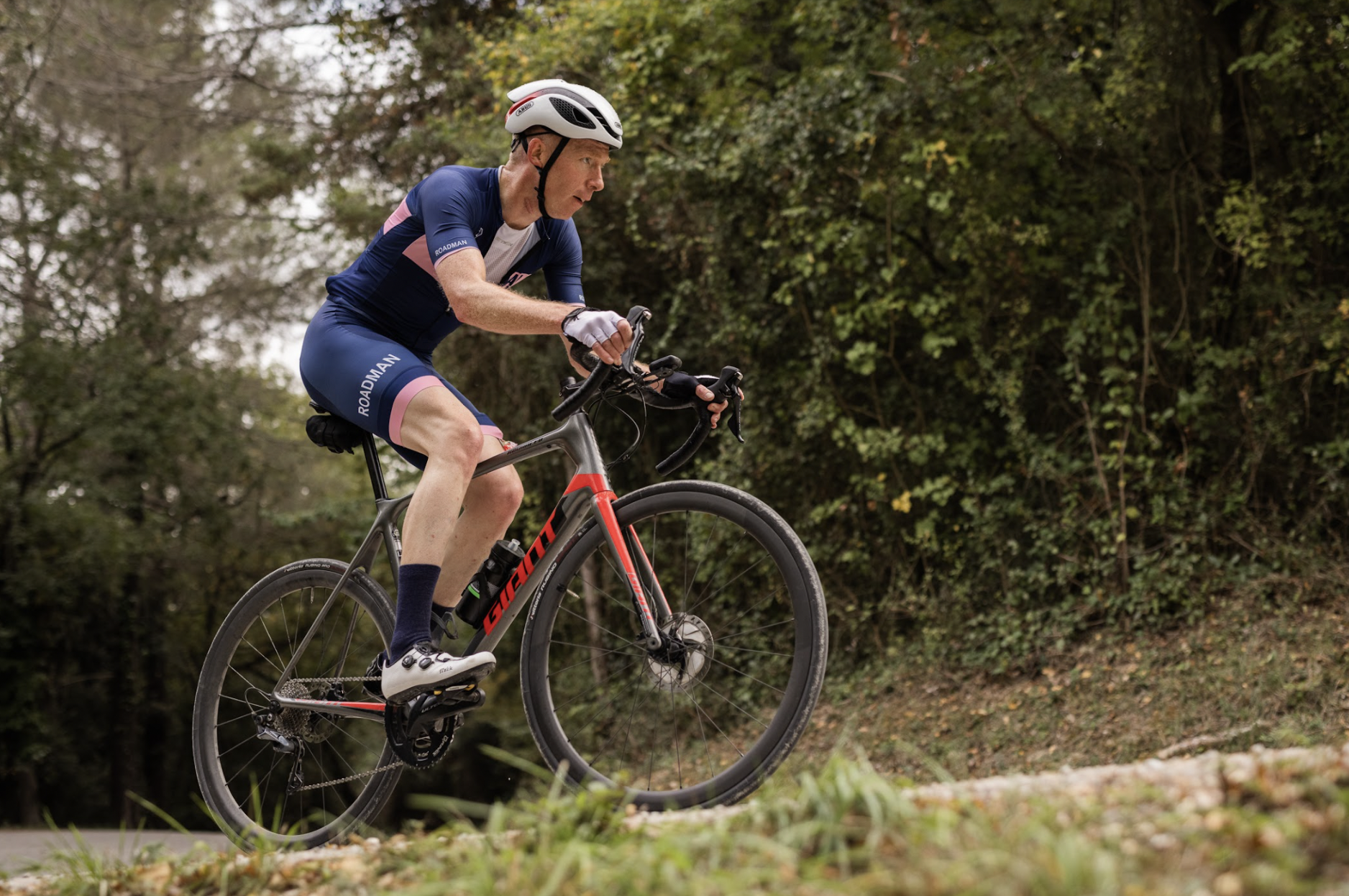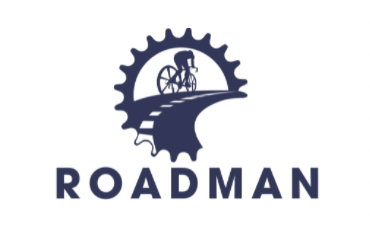
How to Ride Faster by Resting — the Art of Recovery
Often the major influence on a rider’s performance is not talent, but available training hours. However, if you’re limited to less than 10 hours per week, there is another strategy you can combine with high-intensity training to compensate for the lack of time. This is high-quality recovery.
There is an added bonus if you work in a sedentary job, because you can turn this into a positive by re-labelling some work time as ‘recovery time’!

Setting Goals, Planning and Periodisation
If you give a man a bow and arrow and tell him: “Shoot”, his first question would probably be: “At what?”
When there’s no target, there is no purpose to shooting. He could just shoot the arrow anywhere, and wherever the arrow ends up would be wherever the arrow ends up: no target, no direction, and no purpose. He wouldn’t be a very good archer.
This is the ‘headless chicken’ phenomenon I began this series with: too many cyclists ‘just training’ with no target, no direction and no purpose.

Smart weekly training for Maximum Performance
Now you’ve learned about testing your threshold and setting your training zones, what does this mean for your weekly training programme?
If used properly it means that you will no longer be riding like the ‘headless chicken’, with no specific purpose or focus. It also means you won’t have to choose between your job, your partner and cycling, because you can get more performance on less time.

Knowing The Numbers — Testing your ‘Threshold’ and Setting Up your Training Zones
What are these numbers? In basic terms, they’re simply a means of describing physiological performance, which can be measured in a standardised way.
Here I’m going to explain what your most important number is — your ‘threshold’ — and describe a key performance test you can do to find that number. Based on that data, I will then explain how to set up your unique training zones.

Out Of Love
I’ve had a couple of injury hit seasons. The physical and mental toll these injuries have taken has prompted friends and family to ask: ‘Why do you still ride?’With an extended convalescence after my latest injury, I asked myself the same question. I have lost sight of why I love cycling.

Should you Intermittent fast?
In general, it’s good to give the body a break from anything. It’s good to take a break from exercise and not train every day. It’s good to not work all the time and to play instead. It’s even good to not think all the time to help clear the mind. The same applies to eating; it’s good NOT to eat all the time. However, modern day living has turned us into continuous eating machines. We do not have to hunt for our food any more.

How to get more speed with less training
Over the coming series of articles I am going to challenge some take-for-granted assumptions and explain to you how doing things differently may help transform you from the rider you are to the rider you could be.
I know these approaches work. They are based on the latest science and the vast experience of our coaches. Most of all, I know they work because they have brought enormous improvements to many of our clients at Roadman. Therefore, I am fully confident that they can also work for you.

Number One Training Mistake - Headless Chicken
Ditch the junk miles: get to know your training zones
In the first of this series I spoke about the need to challenge conventional methods and to embrace new knowledge and techniques.
Over the past couple of years I have travelled all over the world, working with clubs and athletes. The number one mistake I’ve seen repeated time and again is the use of average speed as a measure of training effort and performance.

